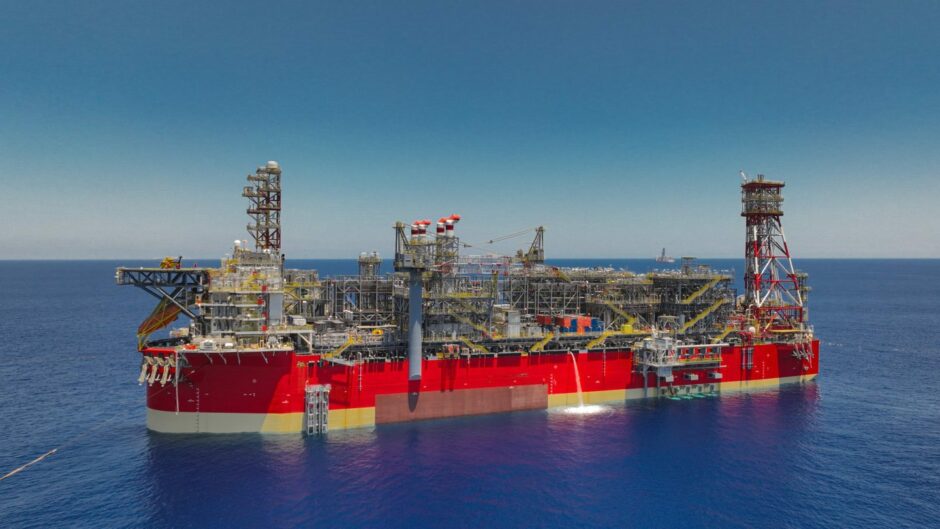
The East Mediterranean keeps on finding gas, at a time when Europe is desperate for new sources. International politics keep on getting in the way of pipeline plans, though, driving a search for alternatives.
“It’s a matter of cost,” DNV’s Mediterranean manager Andrea Spessa said. “This pipeline is the best solution to transport energy from one country to another in this range.”
DNV issued a feasibility statement on the East Med pipeline plan in June 2022, for IGI Poseidon. The company has set out a plan for a 10 billion cubic metre per year system, running from gas fields off Cyprus and Israel to Crete. It would then continue on to Greece and cross the Adriatic Sea to land on Italy’s east coast.
Further down the road, the plan could see the pipeline expand to 20 bcm.
“Gas is still cheaper than any other transmission system. LNG is more expensive, electricity [exports] are also much more expensive,” Spessa said.
The $7 billion pipeline would require support from European states. “It’s important to plan for the future,” Spessa said. “It’s strategic for Europe and has a part to play in decarbonisation – it’s a long path to 2050. Guaranteeing energy to Europe is of paramount importance.”
The DNV executive said the East Med pipeline could deliver gas in 2026-27.
Risk factors
There are some practical challenges to the pipeline design. The link would run for 1,400 km offshore and 600 km onshore. The offshore sections would be in water depths averaging 2,200 metres, although the deepest section would reach 3,000 metres for around 10 km. Spessa also acknowledged seismicity challenges.
The most significant challenge, though, is political.
Cyprus, Greece and Israel signed an agreement in early 2020. The US was supportive at the time but, by early 2022, pulled out.
Attempting to build a pipeline across contested maritime borders would be impossible. Turkey has voiced its opposition to the East Med link. The country sees the proposed export route as a challenge to its own energy plans. It has insisted that it must be involved in any such project.
“The highest risk factor is geopolitical” said one Israeli energy expert. LNG exports are more flexible, or a “pipeline to Egypt or Turkey” would be “cheaper, quicker and technically easier”.
One option that has been discussed is shifting to electricity exports, rather than a pipeline or LNG. The US is believed to back this option.
Alternative options
The Israeli electricity regulator is examining the possibility of building such a cable. The agency is considering a number of factors, including the difference in power prices between Israel and Europe, in addition to the geopolitical implications.
A power cable and a gas pipeline would not need to be mutually exclusive.
Europe’s plans for the energy transition will see it moving away from hydrocarbons and towards alternatives. Part of this will come from a move towards electrification – and hydrogen.
DNV’s Spessa said the plan for the East Med pipeline would allow it to handle hydrogen flows. Exporters could blend hydrogen with natural gas, he said, describing this as “one of the best solutions” for lower carbon energy.
“Hydrogen makes sense where there’s no chance of electrification. We can use it in normal distribution, it offers a possibility to grow the market – we need to create demand in order to increase supply,” the DNV executive said.
For the time being, LNG appears to the easiest option, even though costs are higher and it will be more challenging to decarbonise.
Chevron is said to be working on a plan for a floating LNG (FLNG) project in the region, with shipyards due to submit bids shortly.
Egypt already has export capacity, with two LNG plants. The country’s government, in the throes of an inflationary crisis, has opted to starve local demand to export gas.
A pipeline plan looks like a remote possibility, given the territorial challenges. The East Med link is not dead yet, though. Italy’s new government has voiced some support for the pipeline plan and has made much of its “Mattei plan” to seek new sources of energy.
Recommended for you

